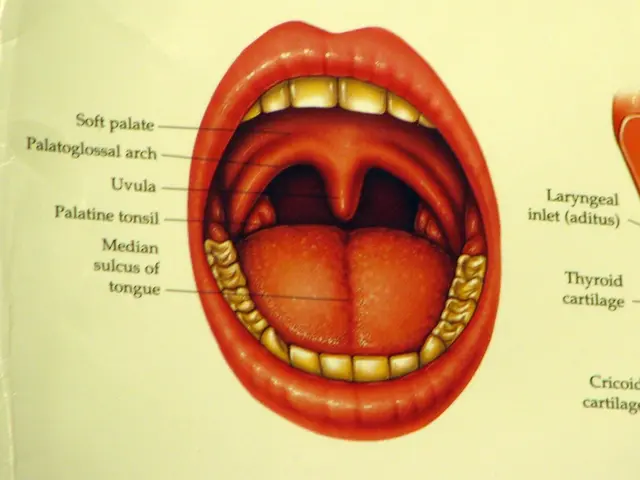Connection and Risk Factors of Breast Cancer and Ovarian Cancer
Getting Real About Breast and Ovarian Cancer
Let's cut to the chase - there's a solid tie between breast cancer and ovarian cancer, mostly due to genetic factors. For folks who carry mutations in the BRCA1 and BRCA2 genes, the connection is downright inescapable.
Breast and ovarian cancer shared risk factors can lead to a heightened risk for both cancers. If you've got these risk factors, you might want to take control where you can, like maintaining a moderate weight.
Are breast and ovarian cancers increasing the risk of each other? The answer's a big yes, especially if you've had breast cancer, as you could be up to twice as likely to develop ovarian cancer. Likewise, those with ovarian cancer may see a 1.6-fold increased risk for breast cancer, but this varies depending on the time since diagnosis. The flip side also applies - ovarian cancer can increase the risk of breast cancer, often due to genetic mutations.
What about other risk factors? Mutations in the BRCA1 and BRCA2 genes are the most significant shared risk factors. Around a third of families with ovarian and breast cancer have BRCA1 gene mutations, while about 20% have BRCA2 mutations. Other shared risk factors for breast and ovarian cancers may include:
- a family history of either cancer
- older age
- overweight or obesity
- having a first child over 30
- never having children
- not breastfeeding
- hormone therapy after menopause
Can people decrease their risk of breast and ovarian cancer? Some risk factors, like a history of cancer, can't be altered. Diagnosed with either cancer? Your healthcare team may suggest more frequent and thorough screenings, such as mammograms, breast MRI scans, pelvic exams, transvaginal ultrasounds, and CA-125 blood tests. If you have genetic mutations, additional options like prophylactic surgeries may be considered.
The big modifiable risk factors include:
- Weight: Achieving and maintaining a moderate weight can help lower the risk of breast and ovarian cancer.
- Exercise: Regular physical activity can reduce the risk of breast cancer, with limited evidence for a link with ovarian cancer.
- Alcohol: Cutting back on booze can decrease breast cancer risk.
- Oral contraceptives: Oral contraceptives can help slash ovarian cancer risk but may slightly increase breast cancer risk.
What does the outlook look like? The outlook is fairly positive for people with both primary breast and primary ovarian cancer, with 5- and 10-year overall survival rates averaging 90%. The outlook improves when the interval between the two cancers is longer.
If you or someone you know is experiencing signs or symptoms of breast or ovarian cancer, especially with a personal or family history of these diseases, it's essential to consult a doctor. Keep in mind that early detection and prompt treatment are vital for improving outcomes.
Want to dig deeper into the subject? Check out our dedicated cancer hub for reliable information and resources.
Anyone wondering, "What cancers might ovarian cancer increase the risk of?" or "Can breast cancer metastasize to the ovaries?" can find answers in the FAQ section. You'll also find info on who is at high risk for ovarian cancer and a summary of the common risk and protective factors for both breast and ovarian cancers.
- For individuals carrying mutations in the BRCA1 and BRCA2 genes, the connection between ovarian and breast cancer is inescapable.
- When it comes to breast and ovarian cancer, shared risk factors may lead to a higher chance for both cancers.
- If you've had breast cancer, you could be twice as likely to develop ovarian cancer.
- Conversely, those with ovarian cancer may see a 1.6-fold increased risk for breast cancer.
- A family history of either cancer, older age, being overweight or obese, having a first child over 30, never having children, not breastfeeding, and hormone therapy after menopause are other shared risk factors for both breast and ovarian cancers.
- People can't always alter risk factors like a history of cancer, but they can make changes like maintaining a moderate weight, regular physical activity, cutting back on alcohol, and using oral contraceptives to lower their risk.
- The outlook for people with both primary breast and primary ovarian cancer is generally positive, with 5- and 10-year overall survival rates averaging 90%.
- If you or someone you know is experiencing signs or symptoms of either breast or ovarian cancer or has a personal or family history of these diseases, consulting a doctor for early detection and prompt treatment is essential.








